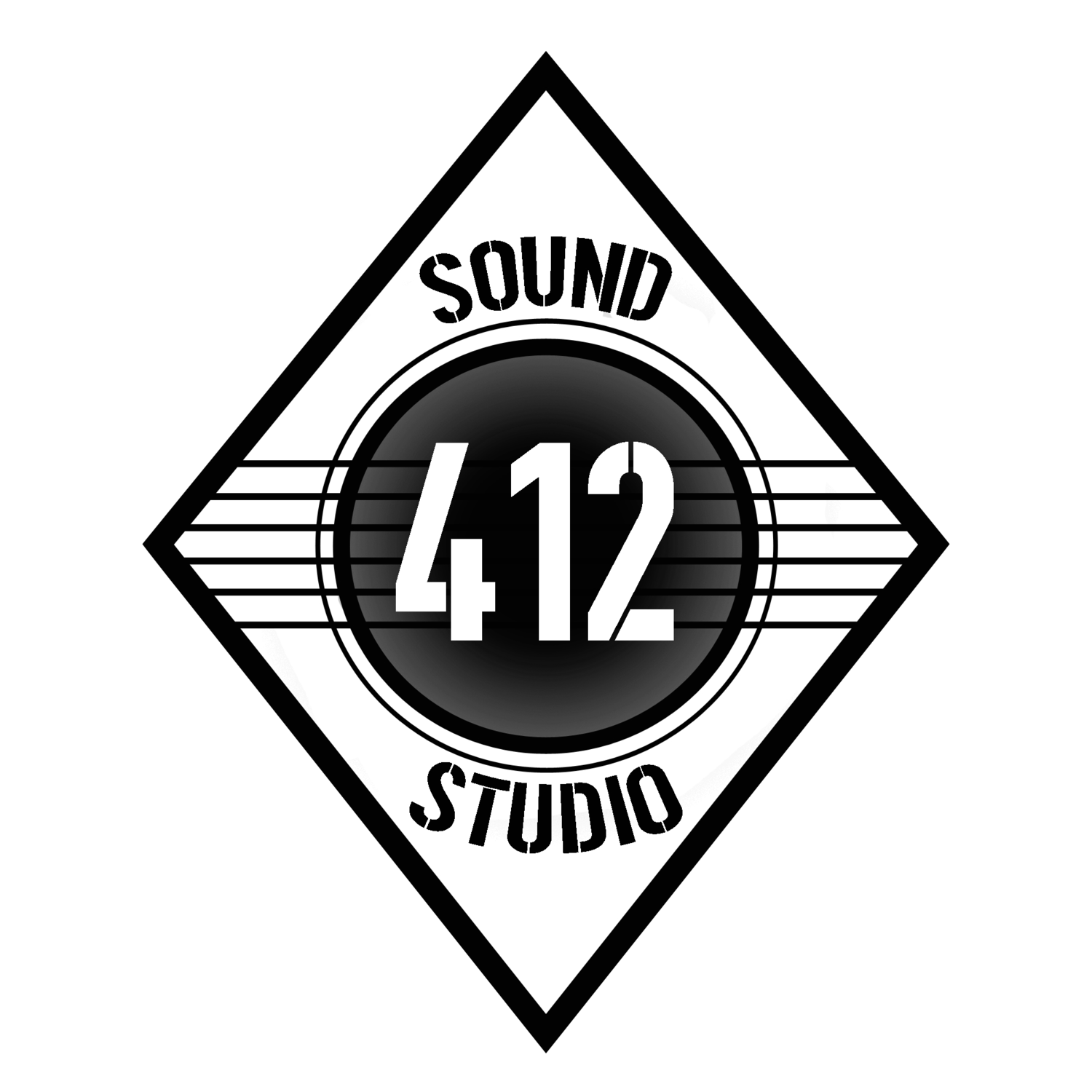Lighting
For lighting, we have a collection of inexpensive DMX controlled lighting fixtures. Some are Par Cans, others bars. One has a moving head feature. They are all controlled with the DMX lighting protocol.
We wanted something that we could program to our sets, but that could be implemented somewhat autonomously - at whatever scale needed.
Sometimes we will bring every light we have. Others, no lights at all. Sometimes only one T Stand with 4 fixtures is appropriate.
We didn’t want to have to make any changes to our set, regardless of the number of lights we needed.
Show Buddy Active
All that being said, we chose DMXIS and their Show Buddy Active software. We program our fixtures into a virtual lighting console, and trigger presets via MIDI messages sent across a Network connection from our audio laptop to a secondary laptop running Show Buddy Active only. This way if anything were to crash in our Lighting, our Audio is unaffected and on a completely separate computer.
DMXIS has Banks and Presets which can be controlled by sending MIDI notes to Channel 15 (Bank), and Channel 16 (Preset). Channel 14 is reserved for the bottom region of favorite Presets regardless of Bank.
We changed the names of Presets in our Favorites region to match the MIDI note that will trigger each Preset (C#-2 for example).
Show Buddy Active Favorites Region
That step has saved us a TON of time in programming lights via Ableton clips. Now we can refer to a print off of the Favorites region, and draw in whatever MIDI notes we need for the corresponding lighting Preset.
The best part is that Ableton clips will all be relative to the global tempo, so the same lighting scene trigger in Ableton, can be used on different songs at different tempos and the lights will all change in sync with the music.
In reality we’re noticing about a 300 ms delay. While that doesn’t sound like much, it’s noticeable to the person programming lights.
Blackouts on drops in music, as well as big strobes of white light on down beats are all just a tick slow. We tried using the delay compensation feature in Ableton on the MIDI track. While this “worked” in the sense that it matched the lights to the music, it also delayed our music by 300 ms creating latency.
The hope had been that since they were MIDI triggers, Ableton could trigger them early, but no such luck. If anyone has a solution to this, we’d love to test it out! Garrett@AllintheTrunk.com
Rig Rundown | Interface | Ins and Outs | Computer | Ableton | Looper | Presets | Routing | Lighting
